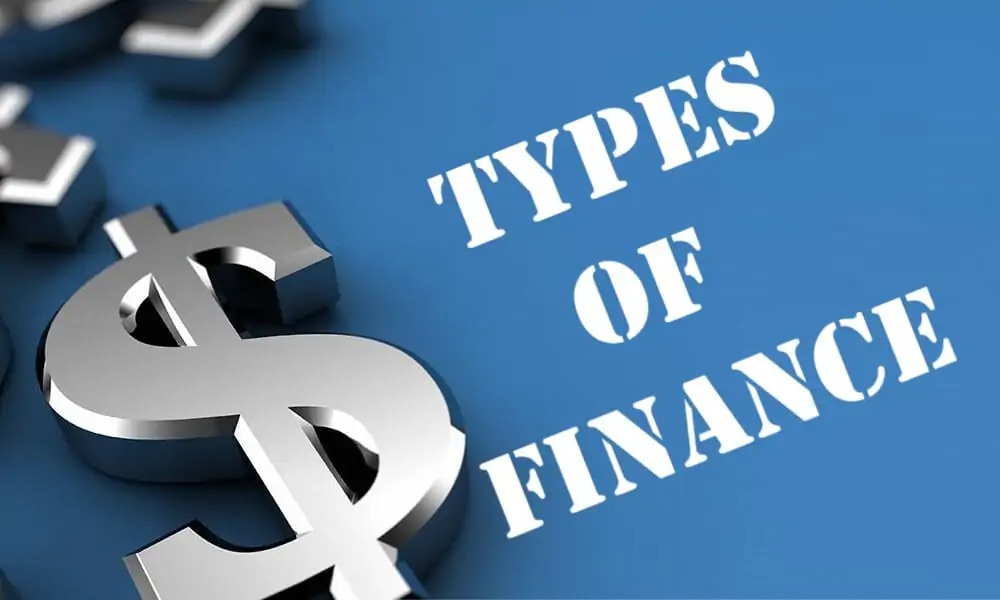The loan application process begins with an underwriter analyzing the information on the applicant’s documents. The underwriter will analyze the borrower’s financial and personal information and may contact the applicant to explain any issues. Once the underwriter has approved the application, the processor submits any conditions the borrower needs to meet and waits for a final decision from the underwriter. Once the final approval is granted, the lender will begin the closing process.
The underwriter will review the information provided on the application to ensure that the information provided is true and accurate. This process typically involves a credit report, verification of employment and income, inspections of the vehicle or property, and a detailed review of all documents. The underwriter will also be looking for any red flags or missing information. The underwriter will use this information to determine the borrower’s capacity to repay the loan.
Once an underwriter approves the application and the lender reviews the documents, the underwriter will release the loan to the applicant. The bank will usually release the first part of the loan to the applicant within a few business days. Then the bank will issue a final check for the loan amount. The bank will also release a portion of the loan to the seller, builder, or development authority. The applicant may choose to accept or reject the loan.
Depending on the lender, the loan application process may take as little as two weeks or as long as six months. The process also depends on the lender’s responsiveness and accuracy of the information provided. While some lenders will charge processing fees upfront, legitimate lenders will not ask for them. Often, processing fees are deducted from the loan amount. So, before applying for a loan, consider your needs and your budget before settling on a lender.
Most loans are funded shortly after the loan documents are signed, although some may take longer, especially with business loans, property loans, and lines of credit. A LOS will help track funding and ensure all necessary documents are executed before funding. Moreover, an AutoCloud loan application process will greatly improve your customer experience. Customers can even complete their loan application within five minutes. This will save them time and money and ensure a smooth loan process.
When you apply for a home loan, you need to show a down payment and other closing costs. If you do not have a cashier’s check or personal check, this may delay your closing until the check clears. Lastly, the loan officer will review your income and asset documentation. They want to make sure everything checks out and that you have a solid borrowing history. When you are approved, the interest rate is locked, which makes it difficult to change it later.
Next, your loan officer will enter the information into a computer system. This computer system is the main source of information for lenders, and many companies use a combination of home-grown and commercial software packages to help them perform the loan application. It can be a lengthy process and there are deadlines for entering the information. But it’s essential for both parties to be prepared and have accurate information. So, how do you go about it?
After completing the application process, your loan specialist will prepare the closing checklist and contact the seller to discuss any details. Then, the buyer and seller will sign a purchase agreement. Then, the closing specialist will explain the checklist to them and approve all documents. Once everything is signed, the lender will release the funds to the title company and/or escrow agent. The loan closing agent will also transfer the title. Once all conditions have been met, the loan is finalized.
Once the applicant has submitted an application, the lender’s loan processor will begin preparing the mortgage application. This person will contact third-parties to complete the application and verify all of the information. Next, the loan processor will gather the documentation together and create a loan file in the lender’s application system. If more information is needed, the loan processor will request it. Often, this person will communicate directly with the borrower or relay the information to a mortgage broker or loan officer.
Your credit score and employment history will also be taken into account when the lender reviews your application. If your credit score is below 620, it will likely be difficult to qualify for the best interest rate. Most lenders do not require a credit score below that level, but they will often offer sub-prime loans, which have less favorable terms and take more time to find. However, you should still apply for a loan, even if it’s a sub-prime mortgage.





